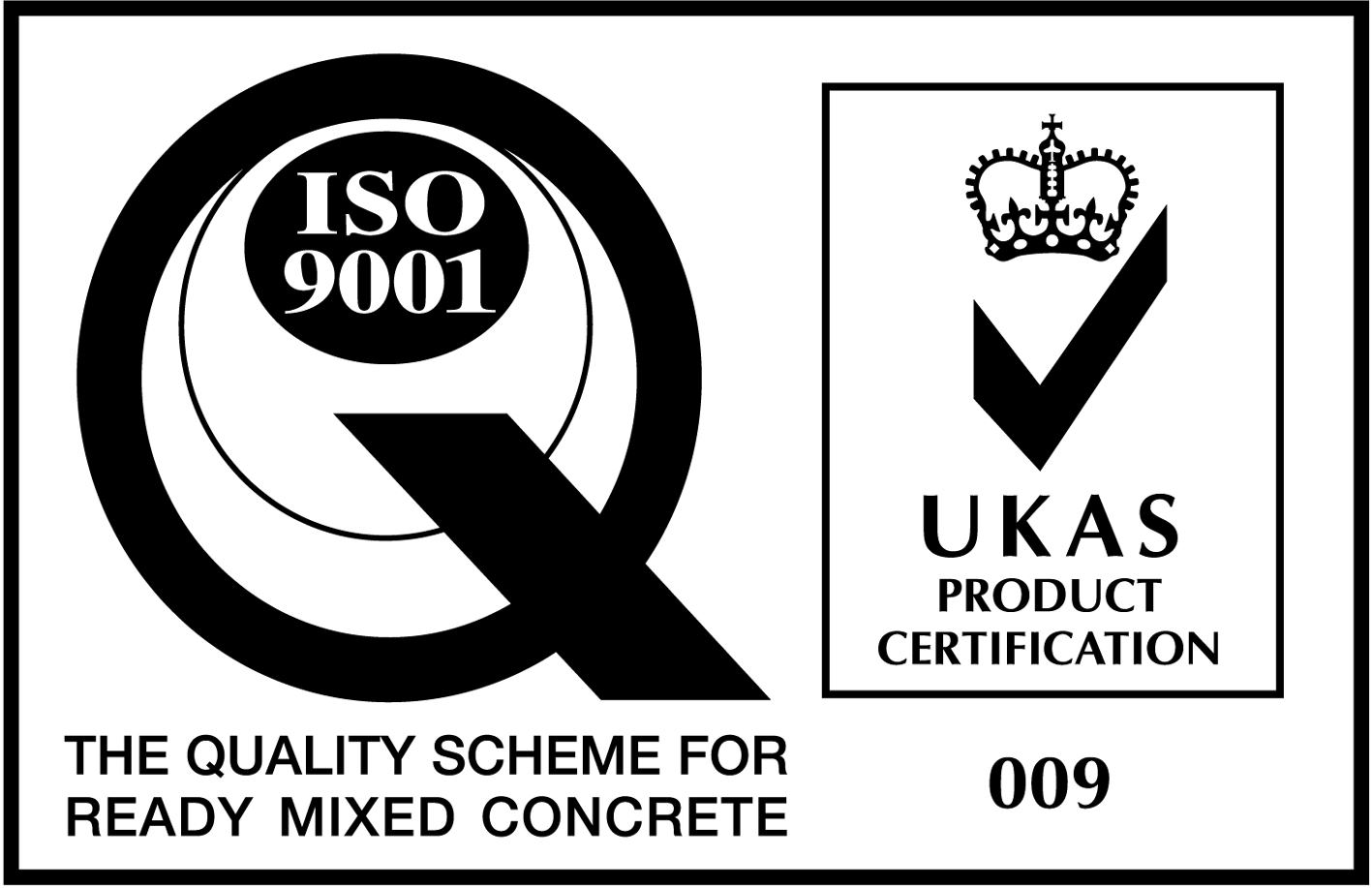Concrete Fibres – The Different Types & When You Should Use Them
When it comes to enhancing the strength and durability of concrete, one innovation stands out: concrete fibres. These discrete fibres mixed into the concrete can significantly improve its structural integrity and resistance to cracking.
In this article, we take a closer look at fibre concrete, exploring the many types, benefits and applications.
What is Fibre Concrete?
Fibre concrete is essentially standard concrete enhanced with the addition of fibres, which are distributed evenly throughout the mix. These fibres can be made from various materials, each offering unique properties to the concrete, such as increased tensile strength, resistance to cracking and improved durability. The goal of fibre concrete is to combat the intrinsic weaknesses of traditional concrete, making it more versatile and reliable.
What are the Different Types?
Concrete fibres come in several types, each suited to specific needs and applications:
-
Steel Fibre Reinforced Concrete
Made with steel fibres, this type is renowned for its high tensile strength and is often used in industrial flooring.
-
Glass Fibre Reinforced Concrete (GFRC)
GFRC mixes contain glass fibres, offering high durability and significant weight reduction compared to traditional concrete. It’s commonly used in decorative panels and facade cladding.
-
Carbon Fibre Reinforced Concrete
Carbon fibres contribute to an exceptionally high strength-to-volume ratio, making this concrete ideal for structural reinforcement and repair works.
-
Polypropylene and Natural Fibres
These fibres increase the concrete’s resistance to cracking during the curing process and are often used in residential applications and concrete that is exposed to freeze-thaw cycles.
Why Choose Fibre Concrete?
Opting for fibre-reinforced concrete brings various benefits, including:
-
Enhanced Durability
Fibres reduce the formation of cracks, prolonging the life of the concrete structure.
-
Increased Strength
Concrete’s tensile strength is significantly improved, making it more resistant to stress and load.
-
Improved Safety
By preventing sudden failures, fibre concrete enhances the overall safety of the structure.
-
Versatility
With different types of fibres available, concrete can be tailored to meet specific project requirements.
Which Types of Concrete Fibre Should I Use for My Project?
Selecting the right type of concrete fibre depends on the specific demands of your project:
- For projects requiring high tensile strength and toughness, like industrial floors or explosive-resistant structures, steel fibre reinforced concrete is ideal.
- GFRC is best for lightweight, decorative elements or where high durability with less weight is crucial.
- Carbon fibre reinforced concrete is perfect for structural repair and reinforcement, offering high strength without adding significant weight.
- Polypropylene or natural fibres are suitable for residential slabs, driveways and any concrete exposed to environmental stressors.
How to Make and Use Fibre Reinforced Concrete
Creating fibre reinforced concrete involves more than just adding fibres to the mix — it requires careful consideration of the mix design, fibre type and integration method. Here’s a guide to making fibre reinforced concrete:
1. Select the Fibre Type
Based on your project’s requirements, choose the appropriate fibre type — steel, glass, carbon or polypropylene. Each has its specific benefits, as previously discussed.
2. Mix Design
Consult with experts like Total Concrete to create a concrete mix design that accommodates the fibres effectively. The mix should ensure that the fibres are evenly distributed throughout the concrete, without clumping or segregation.
3. Adding Fibres to the Mix
Fibres should be added to the concrete mix at the batching plant or on-site, depending on the project’s scale and the type of fibres used.
4. Placement and Finishing
Fibre reinforced concrete can be placed and finished using conventional equipment, but some adjustments may be necessary to accommodate the fibres. For example, vibrating screeds and trowels should be used carefully to avoid pulling the fibres to the surface or creating an uneven finish.
5. Curing
Proper curing is essential for achieving the full strength and durability of fibre reinforced concrete. The curing process should be started as soon as the concrete is finished and continue for at least seven days.
Serving Guildford, Surrey and beyond, Total Concrete is your go-to source for all types of fibre reinforced concrete needs. With our expertise, you can ensure that your project not only meets but exceeds the required standards, providing long-lasting, durable results.
 Trade Zone
Trade Zone
